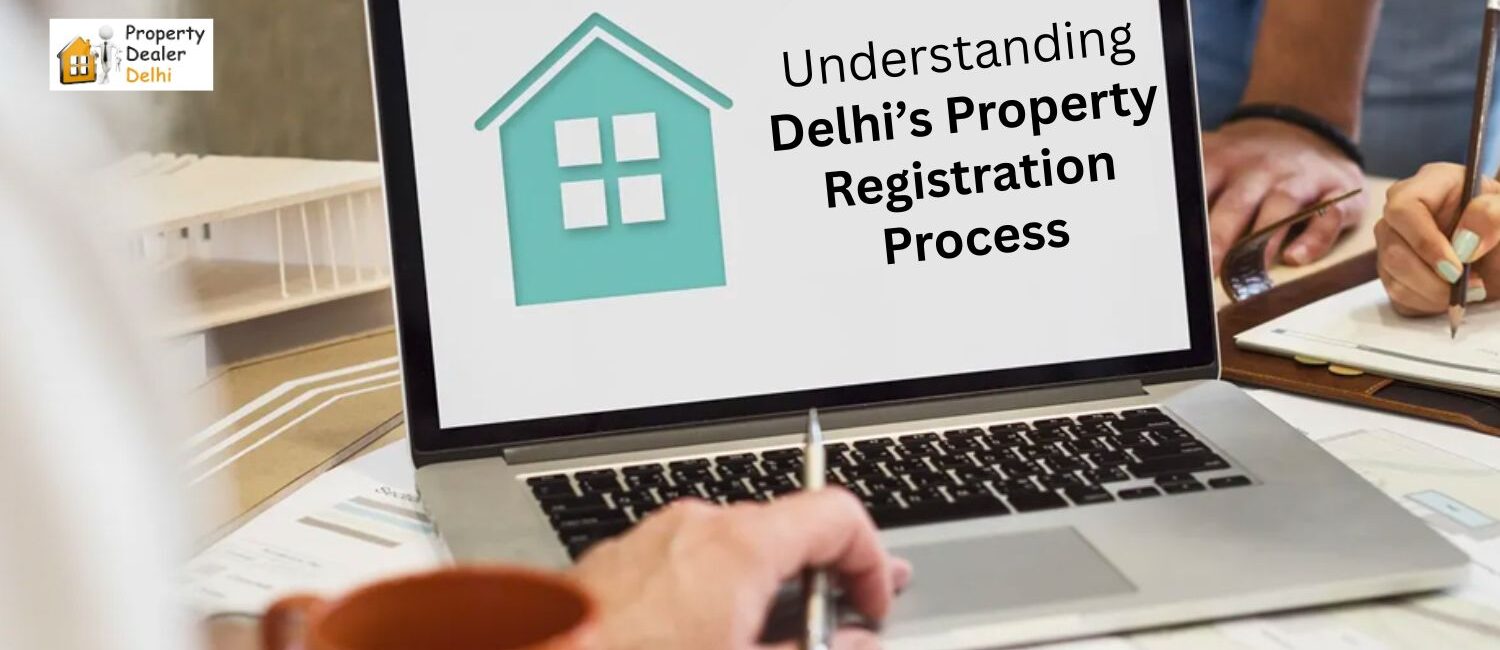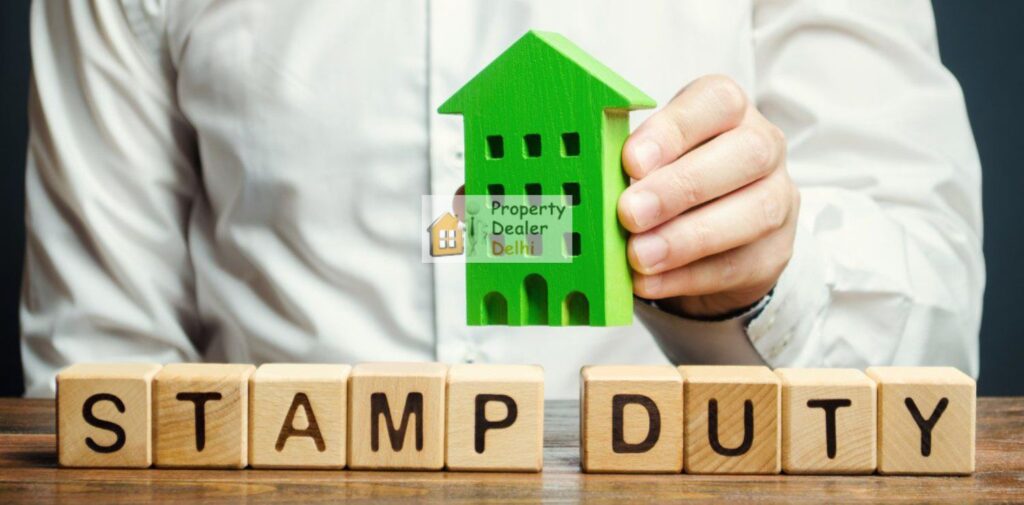
When buying or selling a property, it is essential to complete the Delhi Property Registration Process. This legal procedure ensures that the property transaction is officially recorded and recognized by the government. The process can seem complicated, but with a basic understanding of the steps involved, you can make the process smooth and hassle-free. Let’s take a closer look at how Delhi Property Registration Process works and what you need to know.
1. Document Preparation and Verification
Before starting the registration process, the first step is to ensure that all necessary documents are in order. The seller and buyer should gather and verify important documents related to the property. These include the sale deed, property tax receipts, the title deed, and any other documents proving ownership and legal right over the property.
Additionally, the identity proofs of both the buyer and seller are required. Common documents include the Aadhaar card, voter ID, passport, or driver’s license. You should also make sure that the property is free from legal disputes or encumbrances before proceeding.
Once all the documents are gathered, the buyer and seller should sign the sale deed in the presence of witnesses. The sale deed must be written on a stamp paper of appropriate value, which depends on the transaction amount.

2. Stamp Duty Payment
One of the most important steps in the registration process is paying the stamp duty. Stamp duty is a tax that must be paid on the sale of any property and is a percentage of the transaction value. In Delhi, the stamp duty rates are typically 4% for women buyers and 6% for male buyers.
The payment of stamp duty is mandatory for the registration process to proceed, and it must be done before the property registration can be completed. You can pay the stamp duty online through the Delhi government’s official website or at designated banks and stamp vendors.
Once the stamp duty is paid, you will receive a receipt, which must be submitted during the registration process. This receipt is proof that the required tax has been paid.
3. Visit the Sub-Registrar Office
The property registration must be done at the Sub-Registrar’s office in the area where the property is located. Both the buyer and seller need to visit the office together along with two witnesses. The sale deed, stamp duty receipt, identity proofs, and other relevant documents should be submitted at the Sub-Registrar’s office.
At the Sub-Registrar’s office, the sale deed will be scrutinized by the registrar, and both the buyer and seller will need to sign the document in front of the registrar. The witnesses will also sign the document to confirm that the transaction is genuine.
4. Fingerprints and Photographs
As part of the registration process, both the buyer and the seller will need to provide their biometric details. This includes providing fingerprints and photographs, which are taken at the Sub-Registrar’s office. This is an essential step to ensure the authenticity of the transaction and to prevent fraudulent activities.

5. Registration of the Sale Deed
After all the necessary documents are submitted and the biometric details are taken, the Sub-Registrar will register the sale deed. Once the sale deed is registered, it becomes an official public record. The property is now legally transferred from the seller to the buyer.
A copy of the registered sale deed is then provided to the buyer, and this document serves as proof of ownership. It’s crucial to keep this document safe, as it is required for any future legal matters or property transactions.
6. Handover of Possession
Once the registration is completed, the final step is the physical handover of the property to the buyer. This involves the seller giving the buyer possession of the property, and the buyer can take full control of it. This step is often marked by a formal handover, where the keys to the property are handed over to the buyer.
Conclusion: Delhi Property Registration Process
The property registration process in Delhi is a necessary step when buying or selling property. It ensures that the transaction is legally valid and officially recognized. By following the steps outlined above, such as document preparation, stamp duty payment, visiting the Sub-Registrar’s office, and registering the sale deed, you can successfully complete the registration process.
Although it may seem complicated at first, understanding these steps will help you navigate the process with ease. Always ensure that the property is free from legal disputes and verify all the documents before proceeding. With the proper paperwork in place, you will be able to protect your rights as a property owner and avoid any future legal issues.

